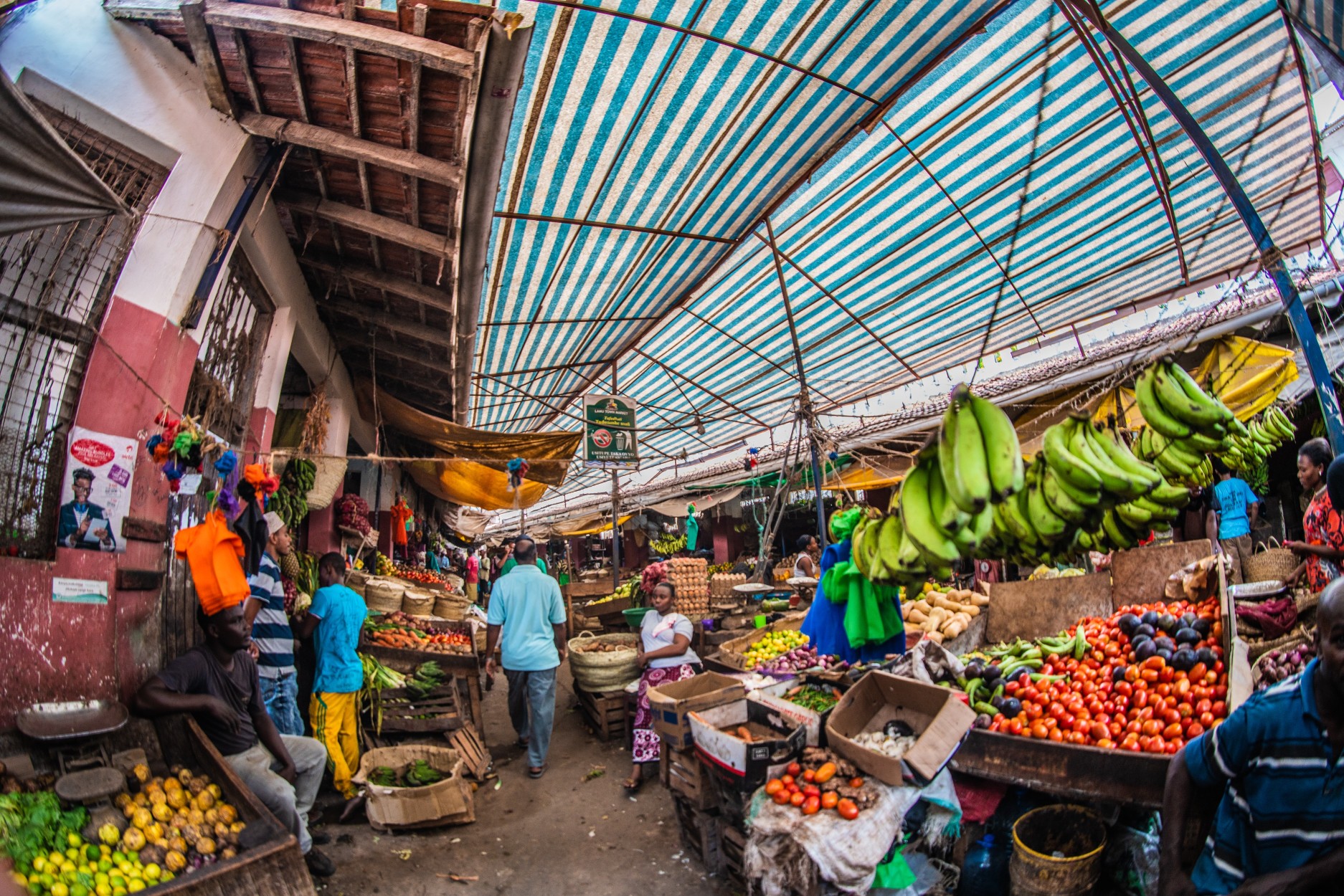Kenyan debt distress…
Kenya’s economy is in serious turmoil. This has resulted in the Kenya Kwanza administration putting in strict measures to counter the current economic state. With bold moves like the removal of government subsidies and tax increments, all to attain a budget of Kes 3.6 trillion. A budget that has been squeezed by debt servicing costs. And many have termed it as over-ambitious as it is 1.5 trillion more than the budget of the previous year.
Ruto’s first year in office has been defined by the fiscal consolidation aimed at addressing the ballooning debt of the country is in. But the measures that the government has taken to address this situation all seem to be unpopular among the Kenyan citizens, with some going to the streets to express their frustrations, giving opportunity to the opposition party.
All this begs the question, what is this debt that we are paying? How did we get here? And why does it matter so much that the current administration risks their time in office?
In today’s article, we are going to answer these questions and look at some of the debts that the country is in.
If I pick a random Kenyan and ask about the country's debt, they won’t fail to mention the infamous SGR loan. And with that being said, let’s start with some facts…
Chinese loan accounts for roughly 64% of bilateral external debt and 17% of the total public debt. Multilateral is almost twice the bilateral borrowing; with the World Bank being the major creditor.
By now I guess you get the picture of how much trouble the country is in.
But wait…there’s more; as part of commercial external lending, there is a $2 billion Eurobond that matures in June 2024. Yes, that is the controversial Eurobond. But more on that later. First, let us see how we got here.
On August 27th, 2010; Kenya promulgated its new constitution. A very promising document, not only for the political sector but also for the economy. The economists in the country now looked at the future with optimism like never before. “I saw a Kenya where things were going to change, things were going to be controlled…A Kenya which was now open to moving forward…” Edward Ouko, Auditor General, Kenya (2012-2019)
And things did change for the better. Kenya’s economy was moving moving forward. The late former president Mwai Kibaki had taken the economy from -1% to 6%.
The SGR Saga
Then came the Uhuru regime. They inherited an economy that was well above 6% and they showed no signs of letting it slow down. Their early days were full of promise, they too wanted to make an impact. Their choice… infrastructure.
The SGR project was started. The Kenyan government took a $3.8 billion loan to finance the project. This amount in itself was too much that the auditor general himself said that he thought the government had decided to make two railway lines instead of one.
To put this into perspective, Jimmy Wanjigi, a Kenyan billionaire said that before SGR was built he had proposed his version to the government as a private project. He had proposed to build a railway line from Mombasa to Malaba that was going to cost Kes 55 billion. But the new regime had other plans and they were in line with global trends.
To justify everything, Kenyans were promised a positive economic impact emanating from the SGR project. The then president Uhuru Kenyatta said that the railway line will increase Kenya’s GDP by 1.5%. …yet to be achieved.
The Controversial Eurobond.
Then came the time when the commercial bond market was opened for African countries; Kenya was among the first to jump onto the bandwagon. In June 2014, Kenya took a $2 billion loan at an interest rate of 6.875%.
This was followed by controversies. From the way the money got into the country to its usage. When the loan was released from Standard Chartered Bank in London, instead of it being deposited directly into the consolidated funds at the Central Bank of Kenya, simply put, Kenya’s official bank account, the money was deposited inside an account with JP Morgan Chase in New York. When the auditor general finally got the chance to audit it, he found out that the amount remitted to Kenya was less than the amount submitted in the U.S.
And when the loan got into the country, there was no specific project linked to it as required by law. Which shows that the loan did not fund any specific project.
This led to a one-of-a-kind corruption summit held at the state house, where the different stands between the president and the Auditor General were in public display. The president scoffed at the Auditor General who had previously told parliament that his office was to conduct an audit of the funds outside the country after securing appointments with the US and UK financial institutions involved in the transaction.
“When you say that the Euro bond money was stolen and stashed in the Federal Reserve Bank of New York, are you telling me that the treasury and the Federal Reserve Bank of United States have colluded?” Mr. Kenyatta remarked.
Dr. Ouko finally got a chance to audit the usage of the Euro bond and the report he went on to release in 2017 showed that people were right to be concerned. He found out that the loan was acquired through legal breaches. And that was not the first time.
A group of auditors released a report showing that a huge amount of the country’s debt has been accumulated illegally over the past 10 years. “Sh 4.098 trillion was not authorized by the Appropriation Act; hence, the debt was borrowed outside the Public Financial Management system, falling short of being public debt.” states the report.
They also questioned the amendments done to the Public Finance Management Act, 2012, designed to provide a loophole to the constitutional requirement under article 206(i) of the Kenyan constitution that requires all receipts from loan money to be paid into the consolidated fund.
One of the exemptions that was widely used was government-to-government lending. It states; ‘funds disbursed directly to the suppliers where the loan is a government-to-government loan and is raised for the purpose of financing goods and services provided by a supplier outside Kenya’
This amendment was the perfect tool the government needed to satisfy its growing appetite for debt and the numbers were steadily climbing to unsustainable heights, in that, Kenya’s budget deficit had doubled from Sh 329.7 billion in 2013/2014 to Sh 690 billion in 2016/2017.
As the country was getting into a state of debt dependency, the treasury proposed to do away with the old model of pegging borrowing to the country’s GDP and introduced a debt ceiling. And this led the country into a borrowing spree.
The country’s debt stood at Sh 2.37 trillion as of June 2014, and by the time the Jubilee regime left office the debt stood at a record high; Sh 8.7 trillion. Sh 4 trillion, nearly half of the entire debt stock, was not approved by parliament.
So What’s Next For Kenya?
This situation got the current regime between a rock and a hard place. The president wanted to regain favor with the IMF and on the other hand, to pay the debt, they had to burden the already burdened Kenyan. They chose the latter. A move that many term as hypocritical given the bloated appointments on the part of the government.
Economists in the country have different opinions on how to handle the debt situation. But Jimmy Wanjigi’s stands out. The man on the road to Damascus, as he calls himself, says that the country should default on its debts. By doing this the country will basically be saying that it doesn’t have enough money to pay it’s debt in the agreed schedule and meet its own requirements. But by seeing the involvement of President Ruto in the IMF, that’s unlikely.
What about you? Where is your stand in the whole saga? What do you think the government should do? Let us know.
Right now we have to hope that the government will get us out of this situation as soon as possible and act in the citizens’ interests.


Login to join the discussion